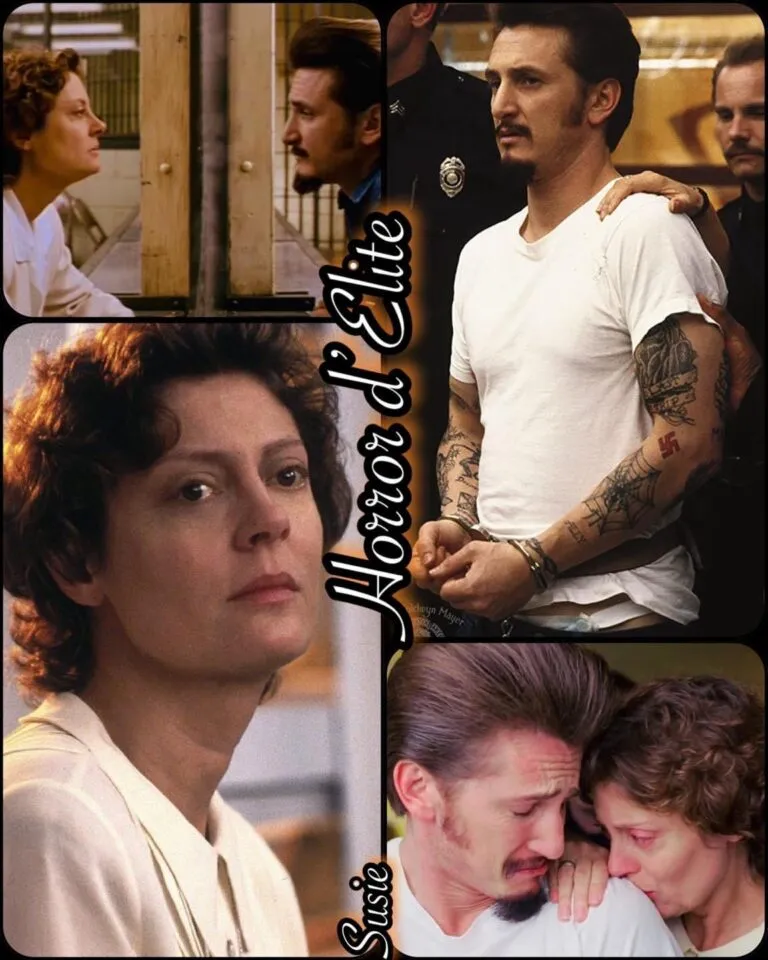The Scarlet Letter
The Scarlet Letter, adapted from the 1850 novel by NATHANIEL HAWTHORNE…
A story of passion, revenge, prejudice, and ignorance…
A woman forced to bear the mark of her “infamy,” her scandalous love, another example of a world that imposes unjust rules and forces us to submit…

Beautiful settings and historical references highlight both the forbidden love and the infamous witch hunts… which, alas, were nothing more than a collective psychosis driven by ignorance, envy, and excessive bigotry…
Kudos as always to Gary Oldman, who, fresh off the success of Dracula, was in top form…
A stunning Demi Moore…
CURIOSITIES
Hester is one of the first female characters in late nineteenth-century novels to endure hardships with strength and determination. One of the first women to become a role model, because when faced with an obstacle, she does not give up but fights and, if she falls, gets back up. When repudiated by society due to her illegitimate child, she does not relent and becomes famous throughout the country for her skills as a seamstress. She raises her daughter despite the authorities’ attempts to take her away. Hawthorne was one of the first writers to portray and empower women’s rights and work.
Nothing is left to chance in The Scarlet Letter: all the names of the characters, except for Hester, have a precise meaning. Firstly, the daughter born from an adulterous relationship is named Pearl, as something precious, even though the child is something undesirable. A clear indication of Hawthorne’s opinions on this matter. Dimmesdale, the learned theologian, derives from dale (valley) and dim (foggy), and indeed signifies a man whose education does not lead him to the truth. Finally, the cold and twisted Chillingworth comes from the English words worth (capable) and chilling (causing shivers). Several times throughout the novel, the protagonist’s husband is described with demonic traits.







